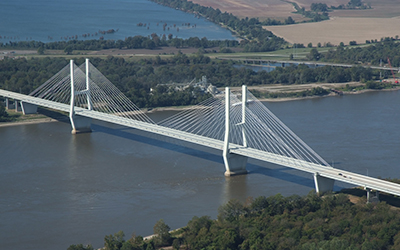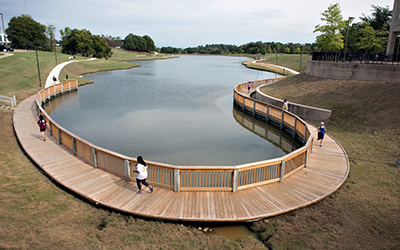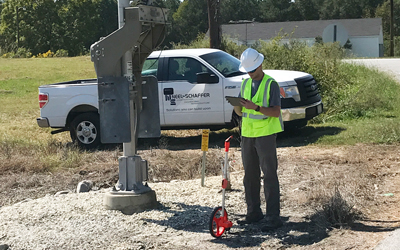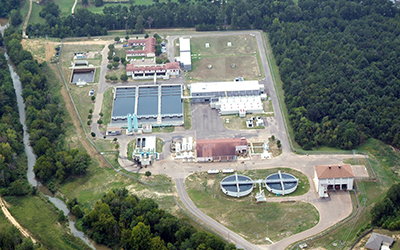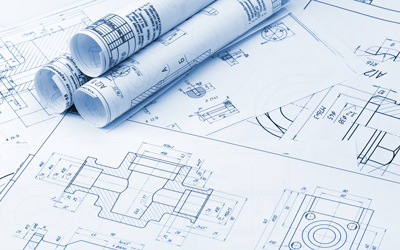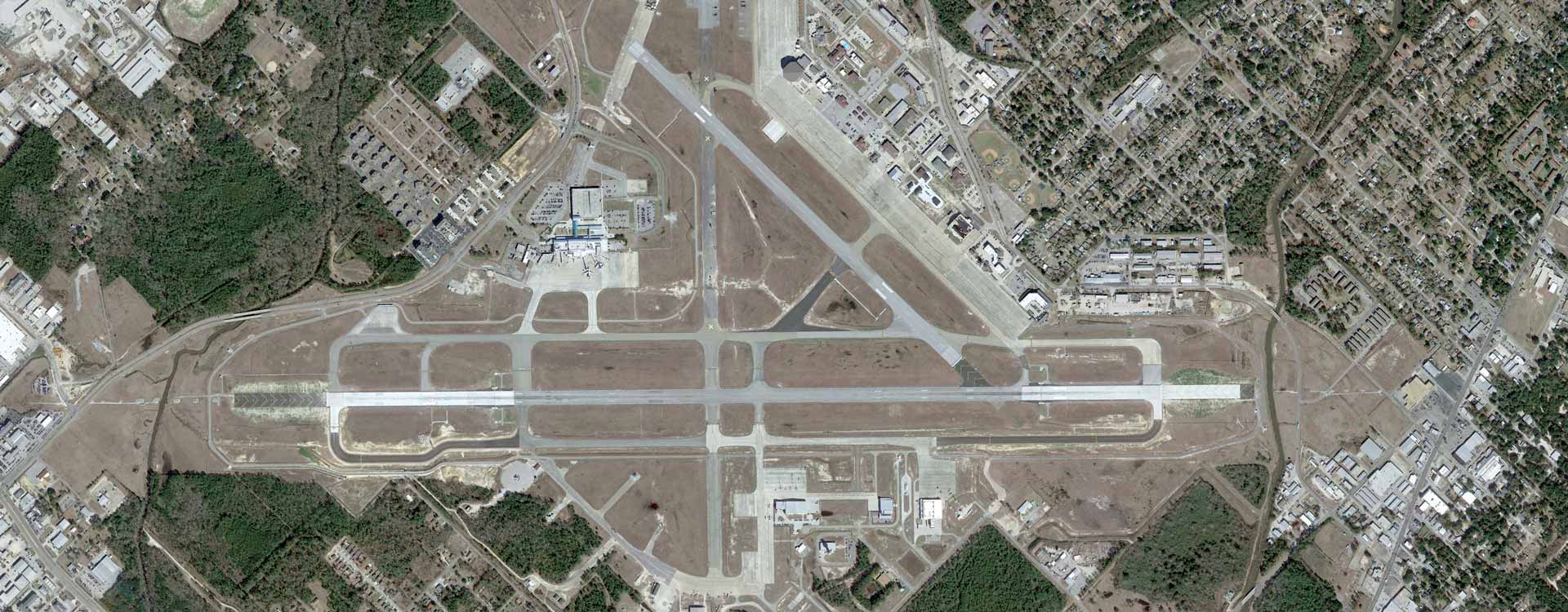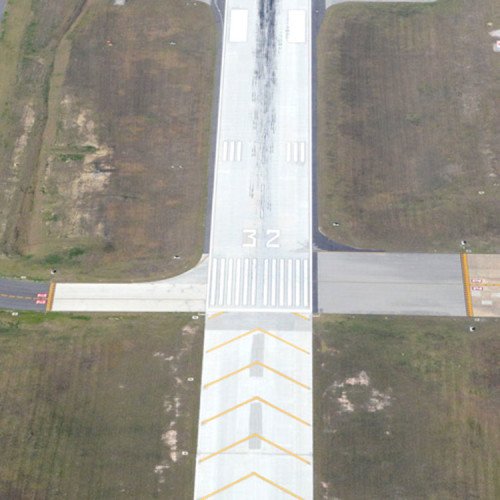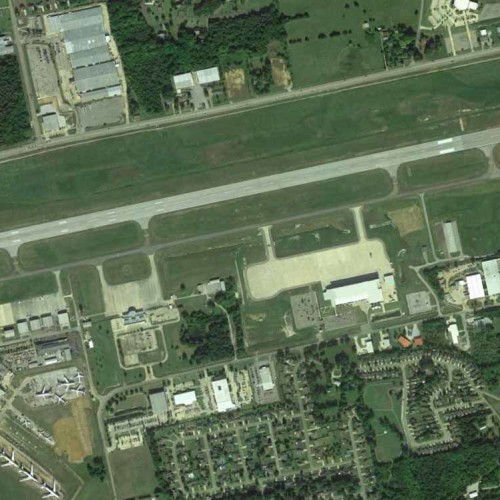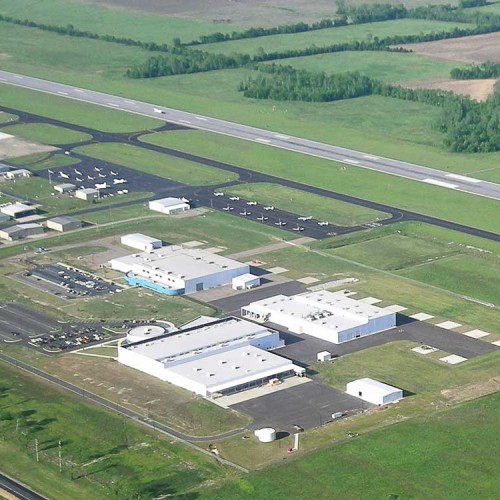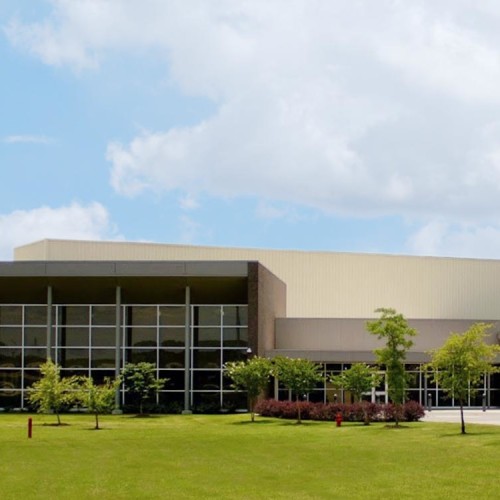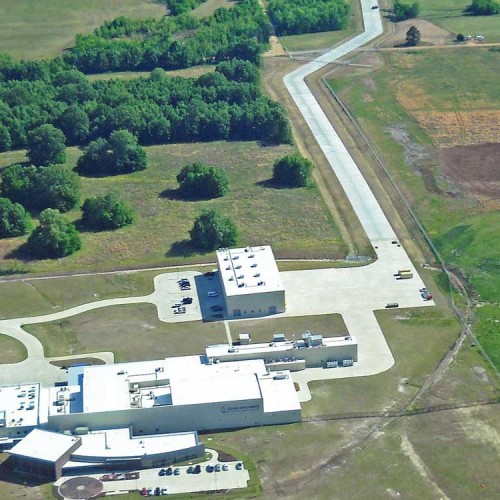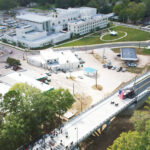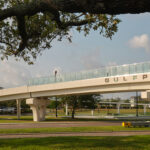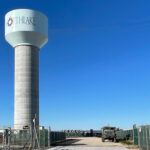GULFPORT, MS
Complex project touches down on time, within budget
Neel-Schaffer provided engineering design and construction services to replace the concrete pavements located in the Touchdown Zones of Runway 14-32 at Gulfport-Biloxi International Airport.
The $13.6 million project also included improvements to the paved overruns on each end of the runway, construction of a temporary taxiway, improvements to the Medium Intensity Approach Lighting System, and upgrades to the Aircraft Arresting Systems. This project was extremely critical to GPT because Runway 14-32, at 9,002 feet, is the only runway suitable for commercial airline traffic.
The TDZs are constructed of concrete pavement, and in 2010 Neel-Schaffer became aware of excessive expansion in the TDZs pavement and began a program of monitoring sampling and testing of the concrete. The testing and monitoring determined that the concrete pavements were constructed of “Alkali Reactive Aggregate (ARA),” and the pavements needed to be replaced because expansion of the concrete was stressing the pavement, resulting in popouts, spalling, issues with FOD, and ultimate failure of the pavement.
This complex project involved coordination with multiple agencies during the preliminary planning, design, and construction phases. The Gulfport-Biloxi Regional Airport Authority and Neel-Schaffer completed an extensive planning study to determined the most cost-effective, safe, and efficient plan to undertake design and construction of the project. The plan was followed so well, and construction went so smoothly that the project was featured in Airport Improvement Magazine.
The construction phasing plan included rehabilitation of the paved overruns for use as temporary additional runway length, with relocated thresholds. This alternate allowed the airport to maximize available runway length during construction through the use of Declared Distances, make needed improvements to failed pavement on the paved overruns, replace the military aircraft arresting system, and incorporate a planned FAA project to improve the Medium Intensity Approach Lighting System (MALS) at each end of the runway. This approach also minimized complete runway closures to nighttime only hours and allowed contractors to use conventional construction practices and concrete mix designs, which prove to be more cost effective and reliable than accelerated methods.
The project required reconstruction of over 58,000 square yards of concrete pavement. GBRAA leveraged funds from multiple sources to expedite the project schedule and to complete other needed improvements.
The coordination between regulatory and funding agencies, airlines, the military, tenants, and contractors resulted in a project that was safely completed on schedule, with no major delays to airline service or to a major military operation that took place between two major project phases.

